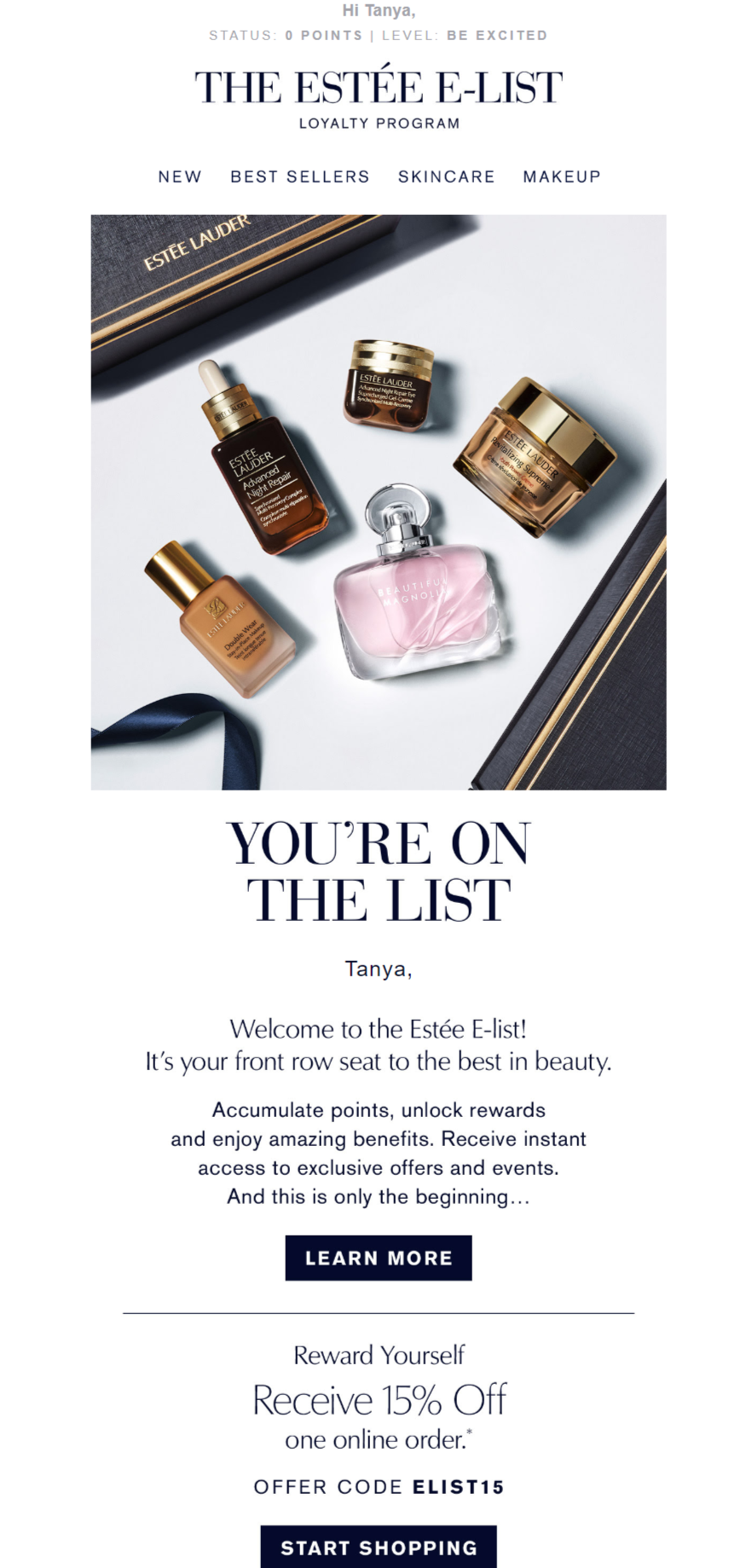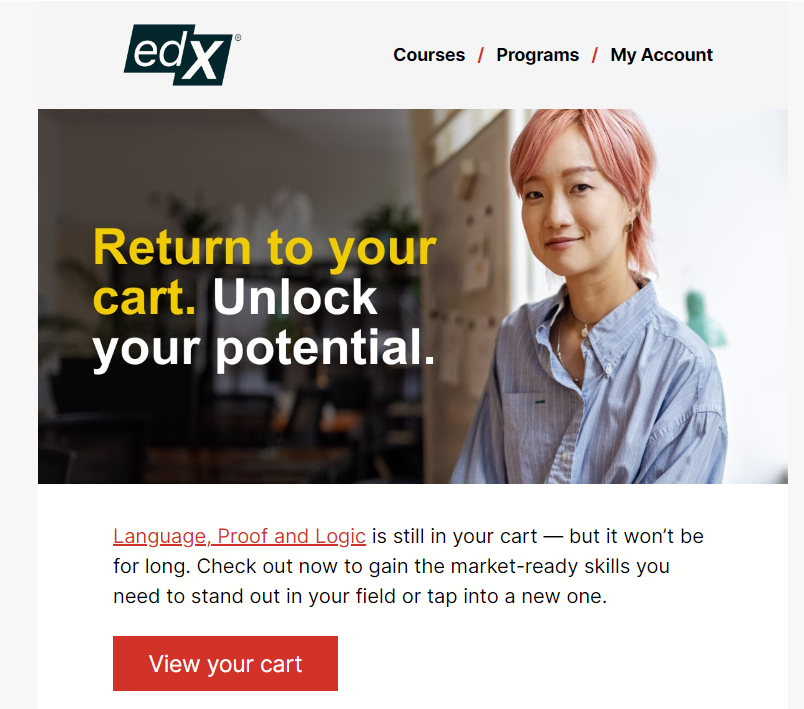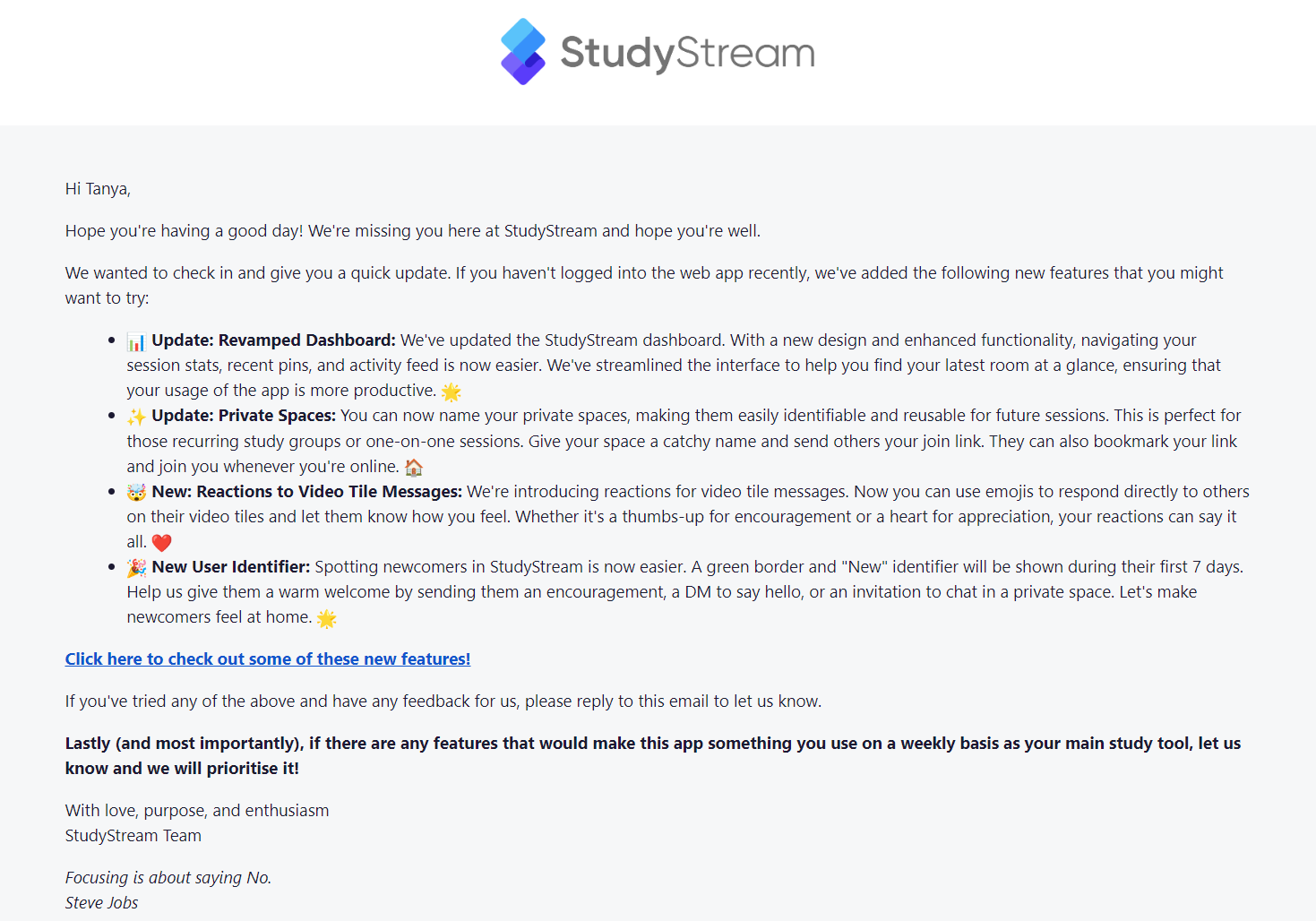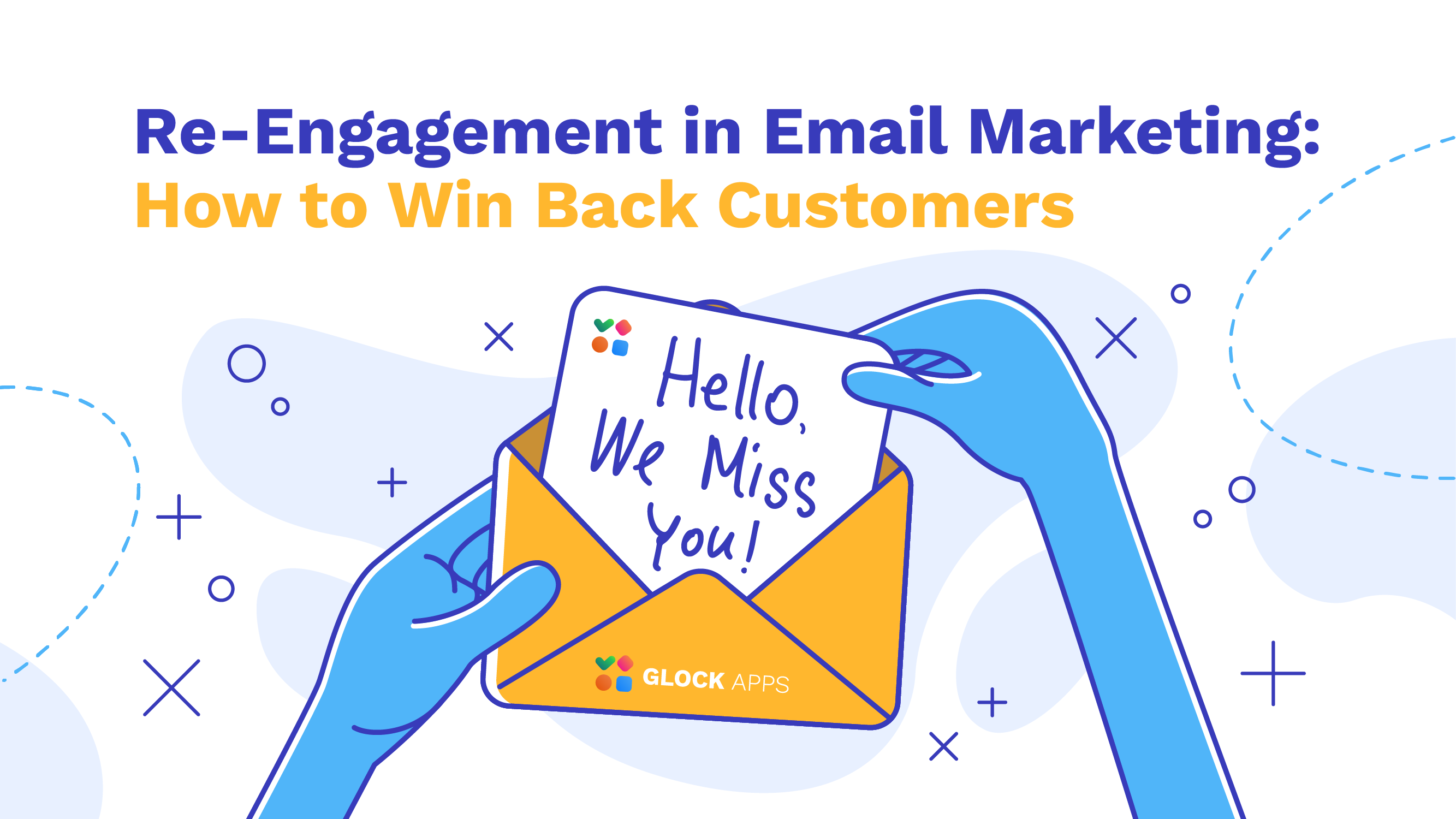Email Customer Journey: How to Map, Automate, and Optimize Your Email Marketing Strategy

Estimated reading time: 7 minutes
In the world of always-connected businesses and consumers, the customer journey is the pivot around which marketing campaigns turn. When it comes to sending direct and personalized messages, email marketing is one of the most effective ways to map and optimize the customer journey. Knowing how to create an email journey map can help a business nurture leads, retain customers, and improve the customer experience. This article dives into the intricacies of the email marketing customer journey, exploring how to create an effective email journey map and utilize automation to boost results.
What is the Email Customer Journey?
The email marketing journey represents the path that a customer takes from the first contact with your brand via email until they become loyal advocates. This journey includes all the touchpoints a customer interacts with through emails, starting from welcome messages to post-purchase follow-ups and promotional emails. The email customer journey helps marketers build relationships by providing relevant content based on a customer’s needs and stage in the buying cycle.
Why is the Email Customer Journey Important?
The email customer journey is essential because it allows businesses to interact with their audience at every stage of the marketing funnel. From the initial awareness to final decision-making and post-purchase support, a well-crafted email journey keeps customers engaged, fosters loyalty and drives conversions. Email journey mapping enables marketers to understand the customer’s perspective, delivering targeted content that speaks to their current interests and needs.
Understanding Customer Journey Mapping in Email Marketing
Customer journey mapping is a strategic approach used in email marketing that visualizes a customer’s experience with the brand through email. By mapping out the customer journey, email marketers are able to uncover key touchpoints, personalize content, and leverage marketing automation to send the right message at the right time. A well-executed journey map will help increase engagement with your customers, improve the customer experience, and ultimately drive sales.
Steps to Create an Email Customer Journey Map:
- Identify Customer Personas: Start by defining the different personas of your customers. Each persona will have unique characteristics, preferences, and behaviors. Understanding these personas helps tailor your email content to meet their specific needs.
- Outline the Stages of the Customer Journey: The typical stages in a customer journey include awareness, consideration, purchase, and retention. Define the journey stages most relevant to your business and identify the types of emails appropriate for each stage.
- Determine Key Touchpoints: Identify the critical points where customers interact with your emails. These touchpoints could include signup forms, promotional emails, abandoned cart notifications, welcome series, product recommendations, and post-purchase follow-ups.
- Map Content to Each Stage: Create content for each touchpoint that aligns with the customer’s position in the journey. For example, during the awareness stage, focus on educational and introductory emails, while the retention stage may involve loyalty programs and personalized recommendations.
- Leverage Marketing Automation: Use marketing automation tools like ActiveCampaign, GetResponse, or Hubspot to trigger emails based on customer actions. Automation ensures that emails are sent at the optimal time, improving the likelihood of engagement and conversion.
- Analyze and Optimize: Monitor the performance of your email customer journey map regularly. Analyze metrics such as open rates, click-through rates, and conversion rates to identify areas for improvement. Moreover, it’s important to keep in mind to track the deliverability of your emails. GlockApps is your best friend when it comes to email deliverability!
Key Stages in the Email Marketing Journey
- Awareness Stage: At this stage, potential customers are just becoming aware of your brand. The goal is to introduce them to your products or services and pique their interest. Welcome emails, informational newsletters, and educational content work well during this phase.
- Consideration Stage: In the consideration stage, prospects are evaluating their options. Your email strategy should provide them with detailed information about your products, customer reviews, case studies, and comparisons to help them make an informed decision.
- Purchase Stage: This is the point where the customer decides to buy. Use emails to provide discounts, special offers, or limited-time promotions to encourage conversion. Abandoned cart emails can also be highly effective at this stage to remind customers of products they are interested in.
- Retention Stage: After the purchase, the focus shifts to nurturing the customer relationship. Send order confirmations, shipping updates, and follow-up emails to show appreciation and provide support. Regular newsletters and loyalty programs keep customers engaged and encourage repeat purchases.
- Advocacy Stage: Satisfied customers can become your best brand advocates. Use referral programs, customer reviews, and social sharing incentives in your emails to motivate customers to spread the word about your brand.
Learn more: How to Create an Email Marketing Strategy: Step-by-Step Guide
Enhancing Customer Journey with Marketing Automation
Customer journey mapping and marketing automation go hand in hand. Automation allows businesses to send personalized, timely emails without manual intervention, making it easier to nurture leads and guide them through the customer journey. Automated email journeys respond to customer actions, delivering relevant content that matches their current needs and interests.
For example, when a customer abandons their shopping cart, an automated email is triggered, reminding them of the items left behind and possibly offering a discount to complete the purchase. Similarly, when a customer makes a purchase, automated follow-up emails can provide support, product recommendations, or request feedback to continue building the relationship.
Examples of Automated Email Journeys
Welcome Series.
A series of emails is triggered when a new subscriber signs up. It introduces your brand, sets expectations, and guides them through the next steps, such as exploring products or services.

Abandoned Cart Emails.
Triggered when a customer adds products to their cart but does not complete the purchase. These emails remind customers of what they left behind and often include incentives to encourage them to complete the transaction.

Post-Purchase Follow-Ups.
Sent after a customer makes a purchase, these emails can include order confirmations, shipping details, and requests for feedback. They help solidify the relationship and encourage future purchases.
Re-Engagement Campaigns.
Automated emails targeting inactive subscribers. These emails offer special deals or reminders to recapture the attention of customers who have not interacted with your brand recently.

Conclusion
Creating an effective email marketing customer journey takes time, effort, and strategy. With the right processes in place, such as journey mapping and marketing automation, your business can develop well-targeted and hyper-personalized email marketing campaigns that nurture leads to become paying customers. With this in mind, if you’re looking to start building your email customer journey map, regularly monitor and optimize your strategy to match changing customer needs and preferences to get the most out of your email marketing efforts and build your business’s long-term success. Don’t let the spam folder ruin your email campaign, test your deliverability with GlockApps!
FAQ
The email customer journey is the path customers take as they interact with your brand through emails. It includes stages like awareness, consideration, purchase, and retention.
To create an email customer journey map, identify customer personas, outline the stages of the journey, determine key touchpoints, and map tailored content for each stage.
Awareness Stage: Welcome emails, newsletters, and educational content.
Consideration Stage: Product information, customer reviews, and case studies.
Purchase Stage: Discount offers, abandoned cart reminders, and promotional emails.
Retention Stage: Order confirmations, follow-ups, loyalty programs, and product recommendations.
Examples include welcome series emails for new subscribers, abandoned cart reminders, post-purchase follow-ups, and re-engagement campaigns for inactive subscribers.



